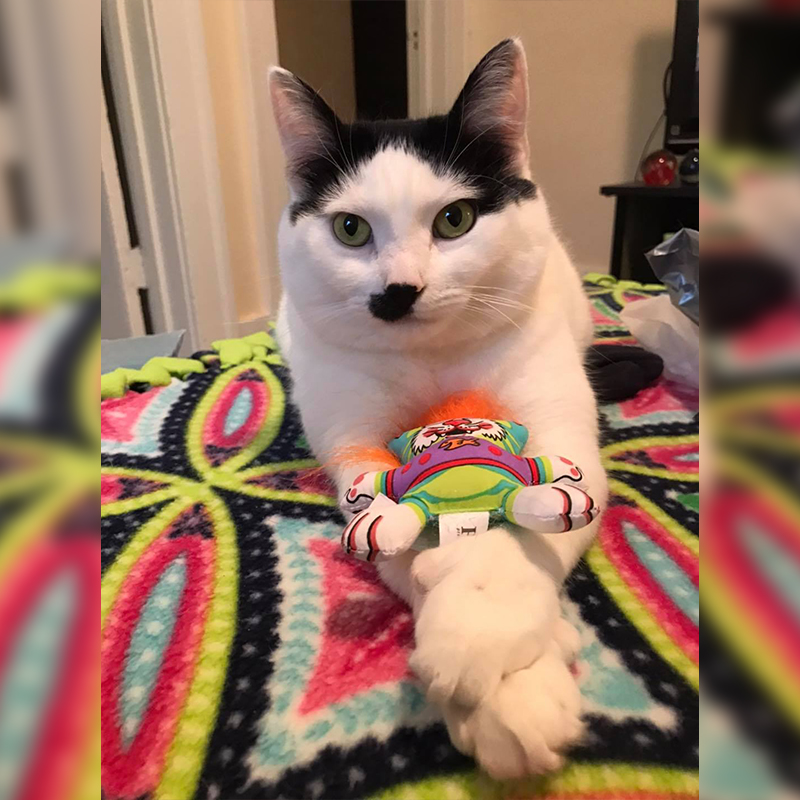Feline Hyperesthesia (FHS), also known as “twitchy cat syndrome” or “rippling skin syndrome,” is a rare condition that could be the reason why your cat appears oversensitive to touch and twitchy. This condition may cause affected cats to bite at their skin or lash out at people who try to pet them. However, it’s important to understand that your cat doesn’t dislike you; they may be experiencing significant discomfort from FHS. Symptoms of this condition include tail twitching and visible skin rippling, similar to a cat’s reaction to a flea bite, causing sudden jumping and running despite the absence of fleas. Even calm, sleeping cats may experience sudden bouts of biting their skin and hiding anxiously. Please note that this information is for educational purposes only, and you should always consult your veterinarian.
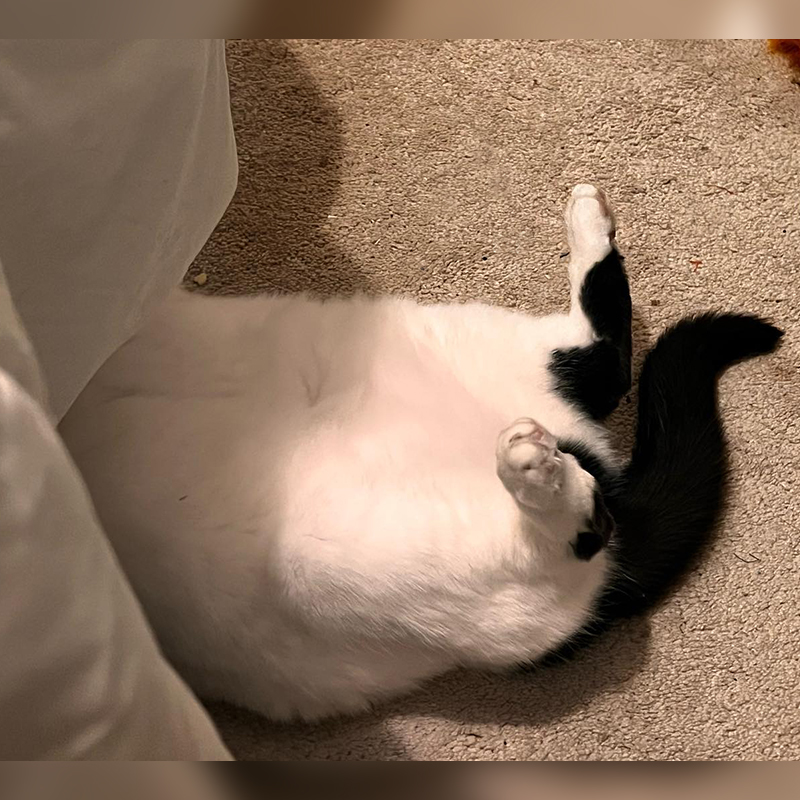
Josephine, a cat with FHS (Feline Hyperesthesia Syndrome), was found hiding under the bed, which is often mistaken as a symptom of flea allergies. However, it might lead to trying out different treatments that won’t work since FHS remains undiagnosed. The diagnosis of FHS can be slow because other possible causes like hyperthyroidism or nutritional deficiencies must be ruled out. According to Dr. Karen Becker, cats with FHS may act suddenly erratic and bite their skin to find relief. In some cases, the cat’s skin may visibly ripple from their shoulders to the tip of the tail. Unlike other naturally quirky cats, these behaviors occur due to pain and irritation. Petting them might make the cat feel worse, so it’s essential to reassure them without touching their backs.
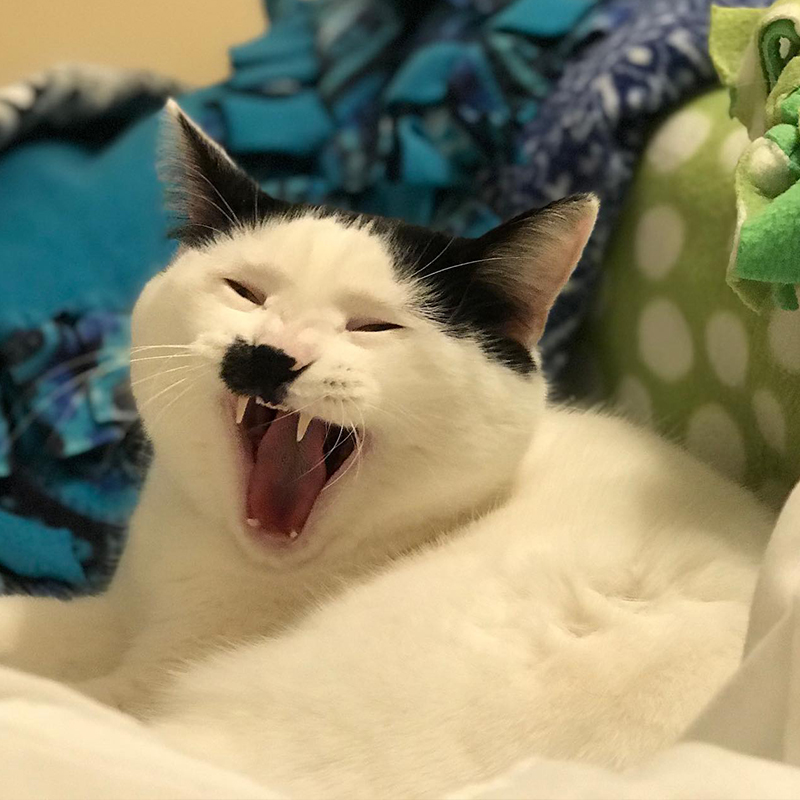
Indications of Twitchy Cat Syndrome
Feline Hyperesthesia can display various symptoms, primarily observed in young cats aged one to seven years old. The symptoms include obsessive grooming, sudden mood swings, and erratic behavior. Other indications are frequent tiredness, body twitching, muscle spasms, and rippling skin, which might resemble seizures. In addition, cats may avoid touch or respond aggressively, vocalize often, and chase or attack their tail. Dilated pupils that appear glassy and staring into space are also possible symptoms. Unfortunately, pulling out tufts of hair and biting the skin may lead to lesions and infections that cause persistent itchiness.
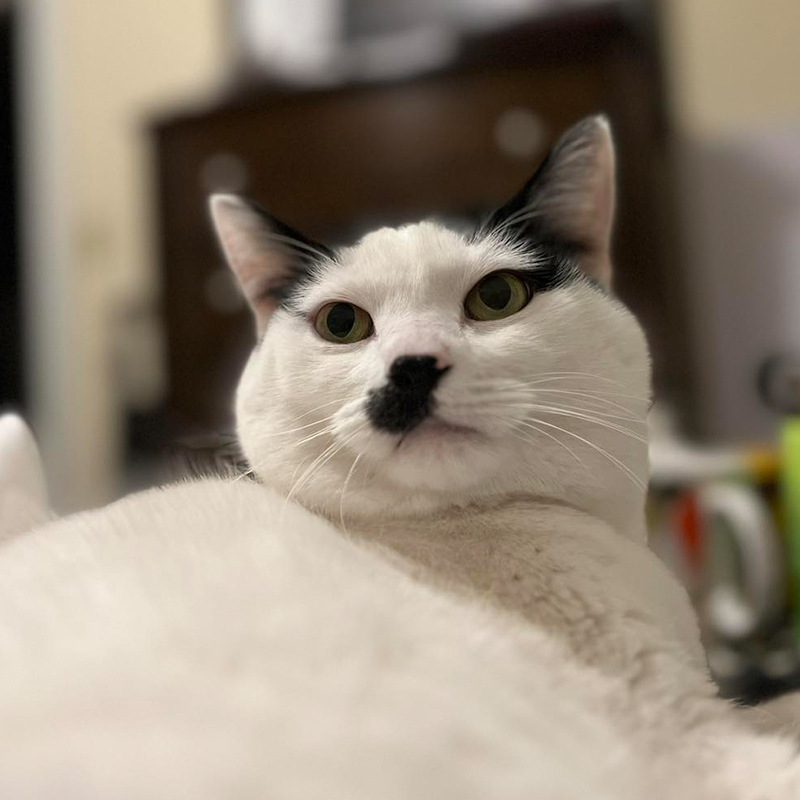
Do you know if there’s any way to treat FHS? The well-being of our furry friends is a top priority for all cat owners, and it’s only natural to want to relieve their discomfort as soon as possible. Feline Hyperesthesia Syndrome (FHS) is a puzzling ailment whose origins are unknown and could be linked to a variety of factors ranging from allergies to neurological, behavioral, or musculoskeletal issues. Stress, anxiety, and diet might also contribute to these sudden cat episodes characterized by twitching and agitation.
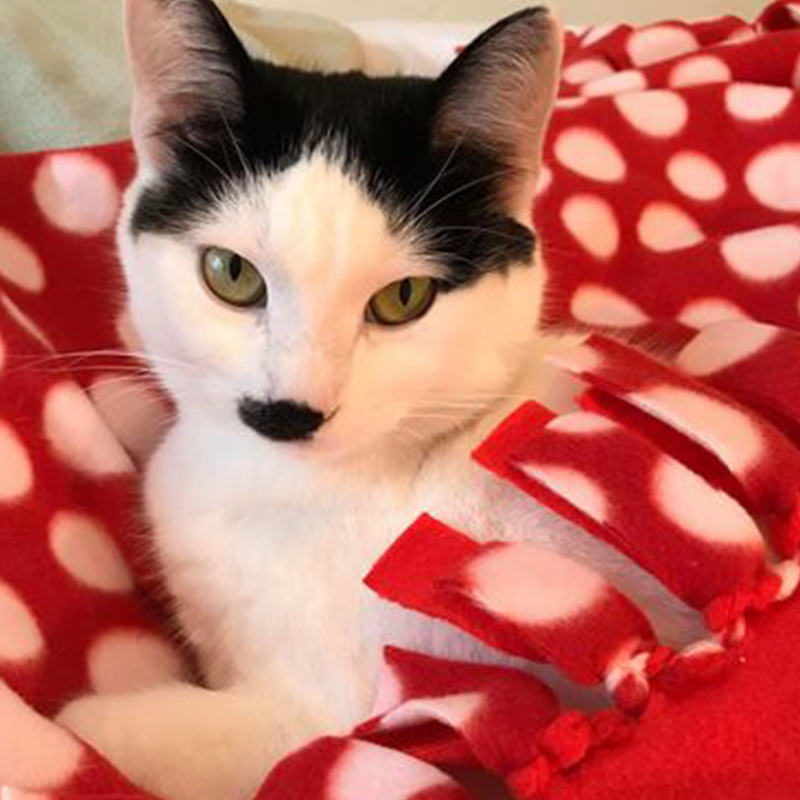
It is unclear why cats such as Persian, Siamese, Abyssinian, and Burmese are prone to developing Feline Hyperesthesia Syndrome (FHS). Although there is no cure for this condition, a veterinarian can provide treatment after a proper diagnosis. Despite living with FHS, Josephine the cat proves that she can still lead a joyful and inspiring life. Her owner is also doing an excellent job of raising awareness about living with FHS. Look at how beautiful Josephine is!
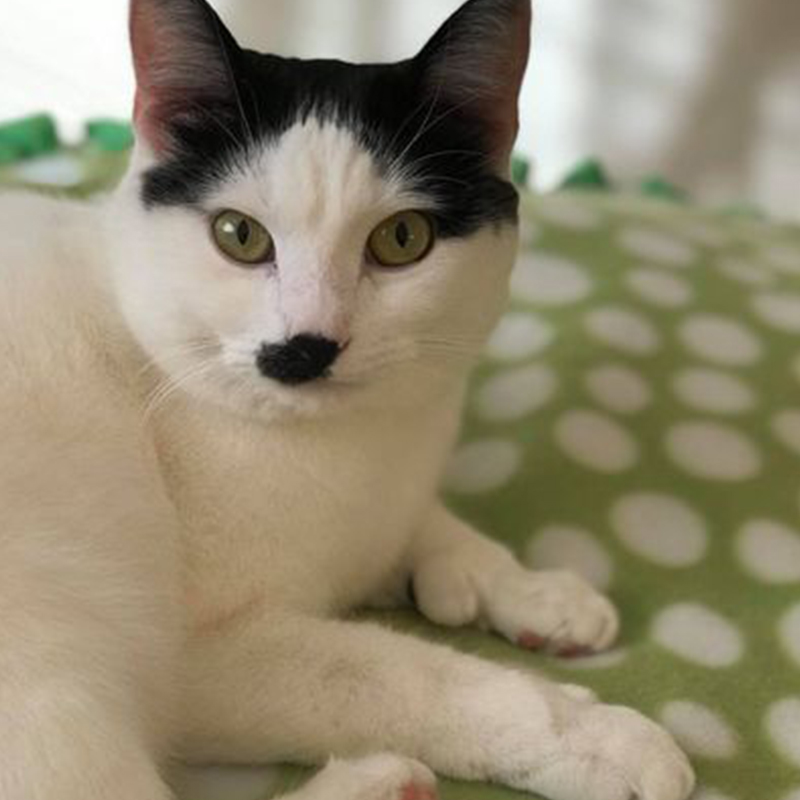
According to Dr. Beckers, there are alternative treatments like veterinary acupuncture and chiropractic that can be advantageous for cats. These treatments are known to promote blood flow and circulation in the body. In addition to this, calming herbs and CBD can also help reduce stress levels in cats. However, it is essential to consult with your veterinarian before administering these treatments. To alleviate inflammation, which could be caused by allergens, carbohydrates, and preservatives present in dry kibble, your veterinarian may recommend a specific diet, such as a hydrolyzed protein diet. Dr. Becker suggests removing any elements that may trigger sensitivity in cats. Just like FIV+ cats, it is crucial to minimize stress and provide them with ample opportunities for play and enrichment, such as new toys, cat trees, or spending time in a catio.
